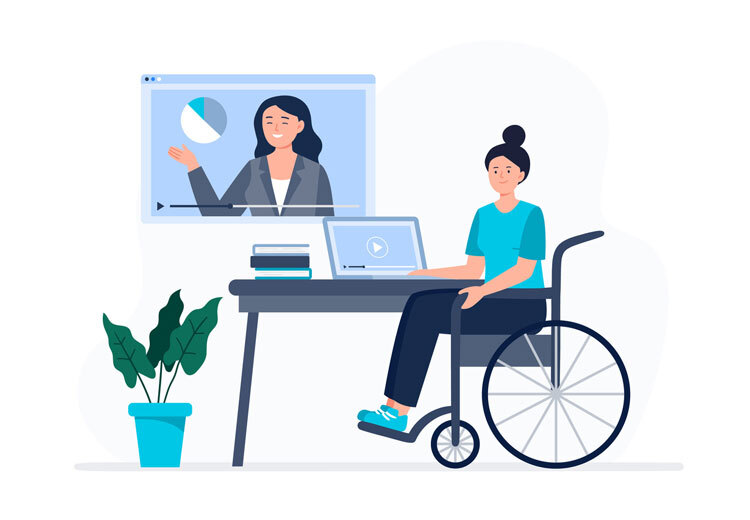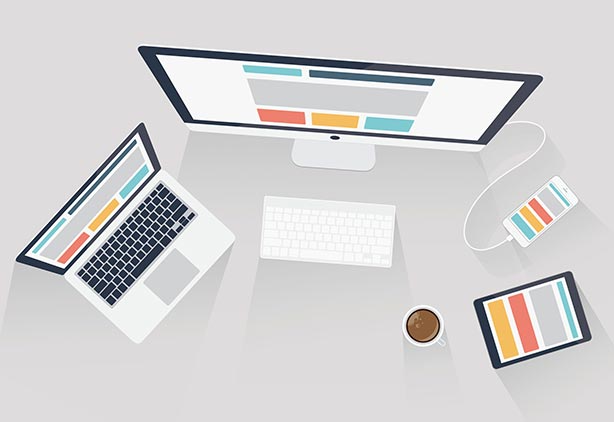Important Tips for Web Designers Providing Users with Accessibility Needs
As one of the many web designers, your responsibility does not end in designing an aesthetically pleasing website; providing a well-rounded user experience should be your top priority when you design a website. Keeping in mind that whatever business you are designing the website for has a broad range of customers, you will make sure your web design is accessible by people, regardless of their abilities. Integrating web accessibility for every website visitor, including people with a disability, allows them to have a decent user experience, irrespective of their condition.
Tips for designers to make web accessibility more common on websites
As a web designer, you can make websites more accessible so that people with disabilities can use, perceive, navigate, understand and interact with the website. Here are some tips you can integrate to make your website more friendly for people with accessibility needs:
- Alt texts: Using alt texts on the images allows people who use screen reader software to understand the image’s content better. The primary reason for adding alt texts is to describe images to people who are unable to see them, and also, when an image fails to load, the alt texts provide an idea for all your visitors of what the picture contains.
- Add sensory characteristics: Sensory characteristics are perfect for website visors with cognitive challenges. For example, people with such challenges may not be able to perceive the shape or position that you might include on a website. Adding sensory characteristics to the website allows them to navigate through the web pages with ease and they would not feel left out. Using more than one sensory characteristic is recommended for ease of use by people with cognitive disabilities.
- Adding subtitles: If the website you are designing features short video or audio files, make sure to add subtitles to such files. For people who might be hard of hearing or experiencing hearing loss, adding subtitles to audio and video files would be helpful for them to understand the promotional content in such files.
- Seizure safe website: Even though some seizures can be fatal, not many web developers know how to make them seizure safe. Here is a tip on how you can do it for your clients, avoid adding content, be it GIFs or videos that flickers, blinks, or flashes, that can trigger photosensitive epilepsy in people. Since you do not know who would be accessing the website, it is always better to use seizure-safe content in the websites you design.
- Keyboard navigation: Adding keyboard navigation to the websites you design makes it easier for users with a disability to use the website. It is also helpful for all visitors with or without a disability. For people with partial or full blindness who cannot see the mouse pointer on the screen, keyboard navigation can be a boon while using websites. It is also helpful for people with repetitive stress injuries (RSI), who should limit or avoid using the mouse as much as possible.
- Screen Reader: People with low vision and cognitive limitations can benefit significantly from screen readers. When designing a website, make sure to integrate screen reader software into the website so that people with limitations can easily navigate through the website.
As a website designer, it is your job to make sure that the websites you design can serve all the people who visit the website without limitations. These tips will help you to find plug-ins and platforms you can integrate into the websites to provide a high user experience by incorporating these features for users with accessibility needs.




 +91 8277203000
+91 8277203000
